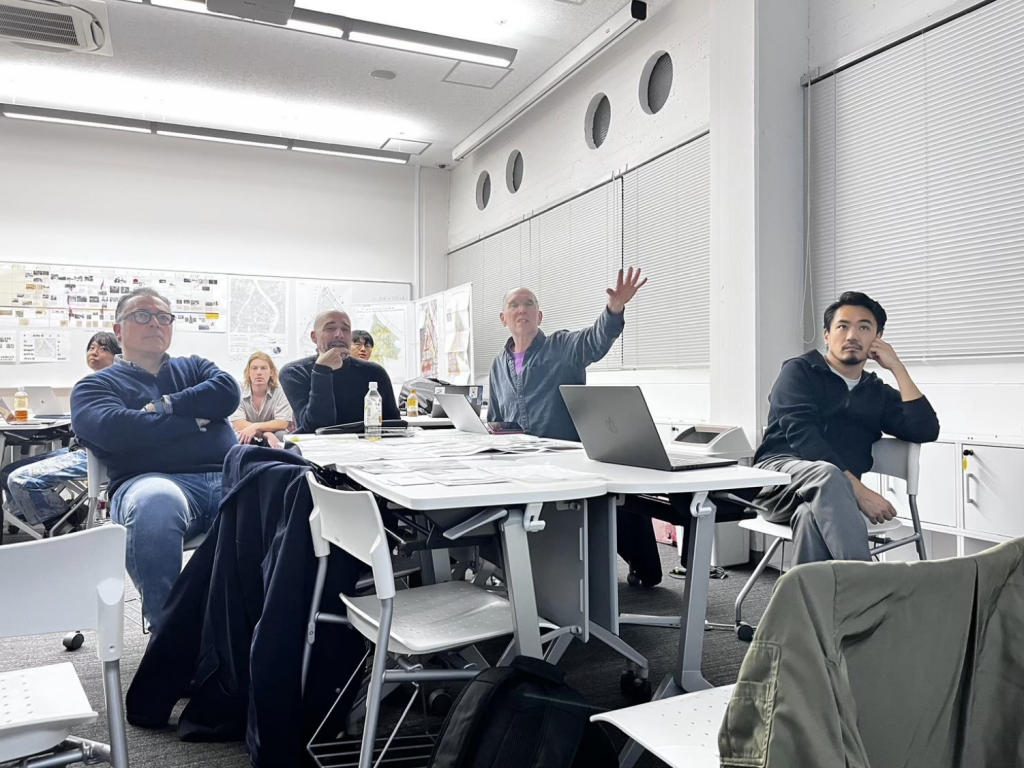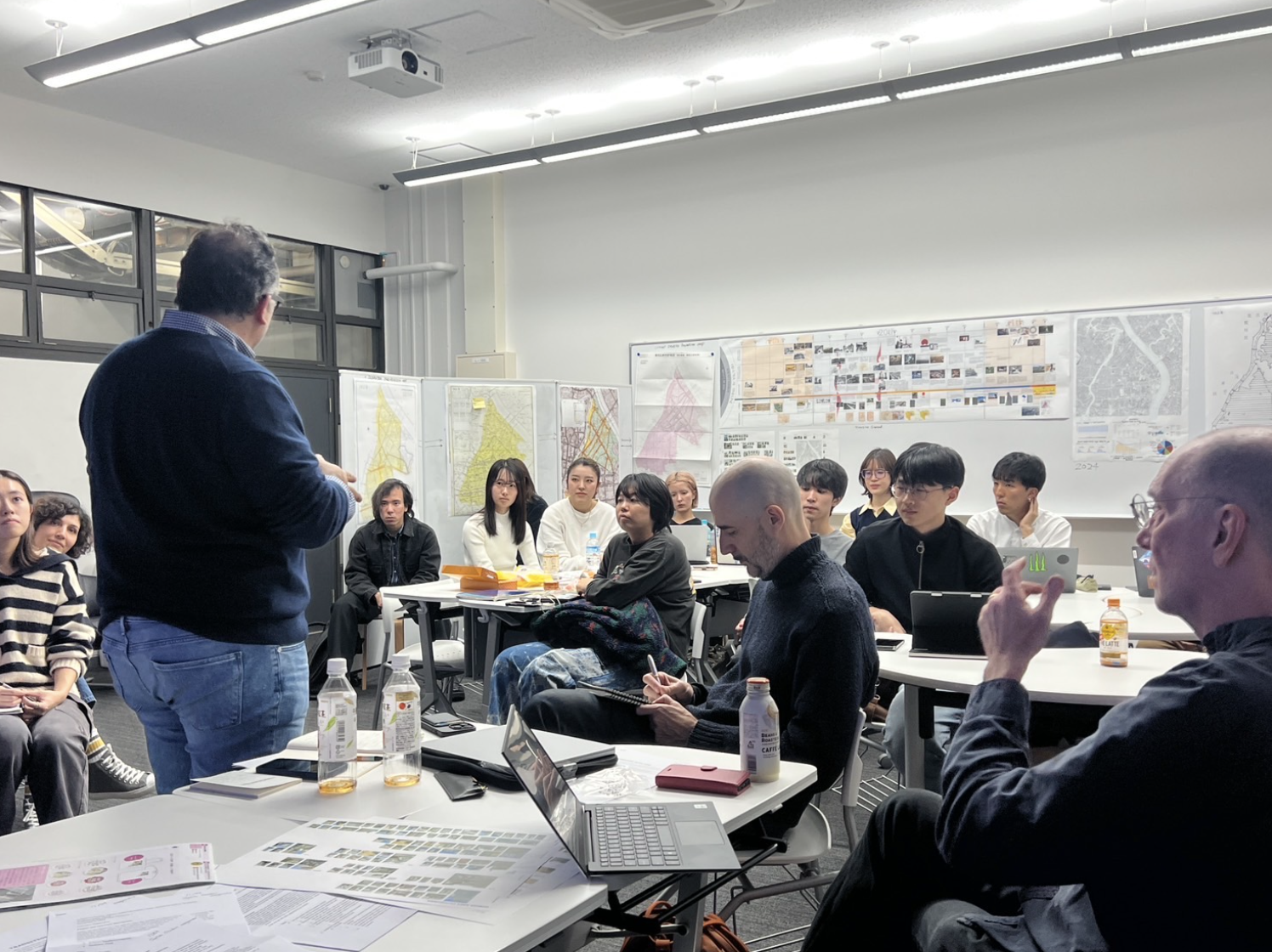・レクチャーの日程
2024.11.25 | 14:00-18:00
・登壇者
デイビッド・H・スレーター/ ヴィンセント・ミルザ/ クリスチャン・ディマー/ 小林恵吾/ +上智大学の学生 及び 小林恵吾研究室の学生
・レクチャーの背景
2023年後期より始動した早稲田大学•上智大学•オタワ大学の共同プロジェクトである町工場プロジェクトの初の全体シンポジウムを実施した。
本プロジェクトは経済の不安定、気候変動やパンデミックといったマクロな変化の元で生産システムやサプライチェーンに深刻な影響を与え、都市の組織、労働慣行、日常変化に大きな変容をもたらしたことを背景に発足した。
こうした影響を大きく受けた存在として“町工場”を対象に、製造業の未来を思考するため、各大学がそれぞれ異なるアプローチの調査を行ってきた。
本シンポジウムは、オタワ大学Mirza教授、早稲田大学Dimmer教授によるレクチャーと上智大学の教授であるSlater教授とその学生による町工場インタビューの成果発表、本研究室の学生による墨田区フィールドワーク調査報告を行った。文化人類学、都市デザイン、建築の様々な学術分野からそれぞれの視点で意見交換を行い、分野を超えた議論を行う貴重な場となった。
・レクチャーの内容
①オタワ大学Mirza教授、早稲田大学Dimmer教授によるレクチャー
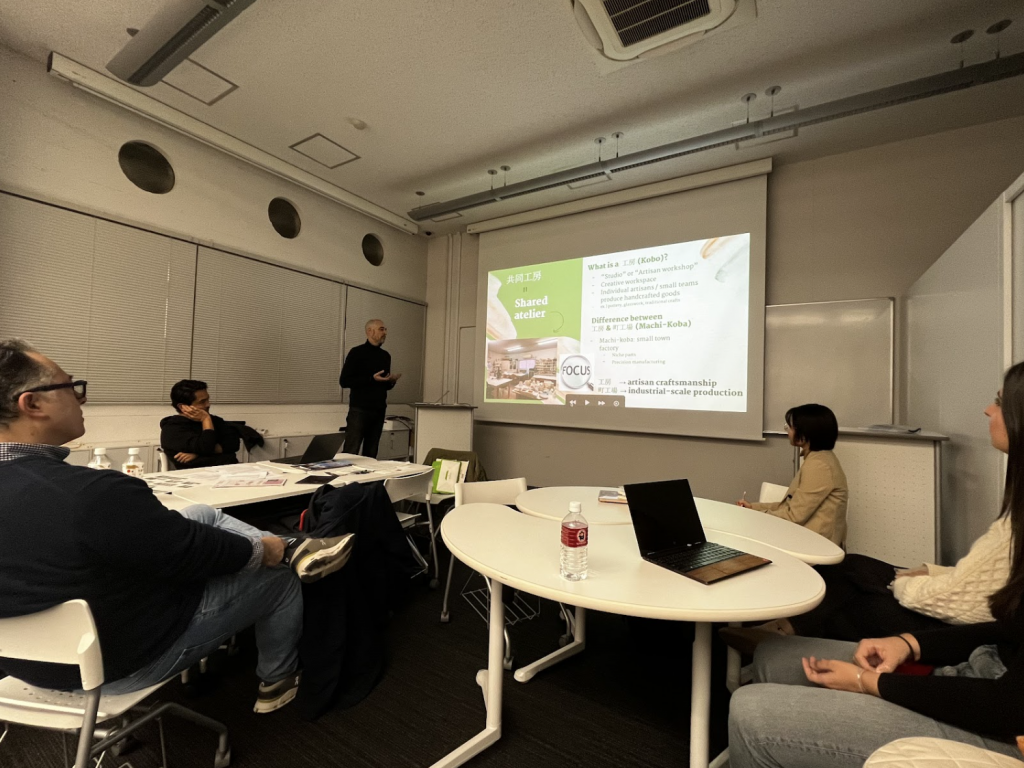
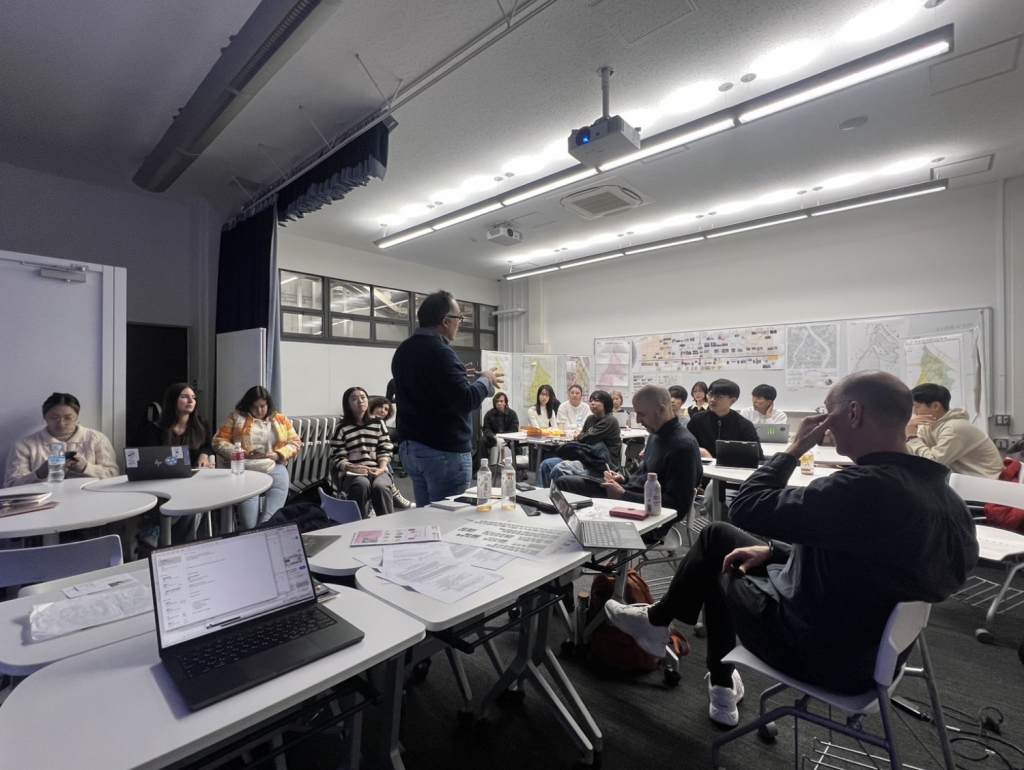
両教授共に、町工場を再注目する意義や重要性についてのレクチャーを行った。
Mirza教授は、マクロな変化が生産システムやサプライチェーンに与える影響や、町工場という地域に根付いた小さな単位のもつ可能性について言及し、本シンポジウムの鍵となる町工場の重要性について語った。
Dimmer教授は、町工場の定義について言及し、ご自身の訪れた工房や工場を例に挙げた。
②上智大学の教授であるSlater教授とその学生による町工場インタビューの成果発表
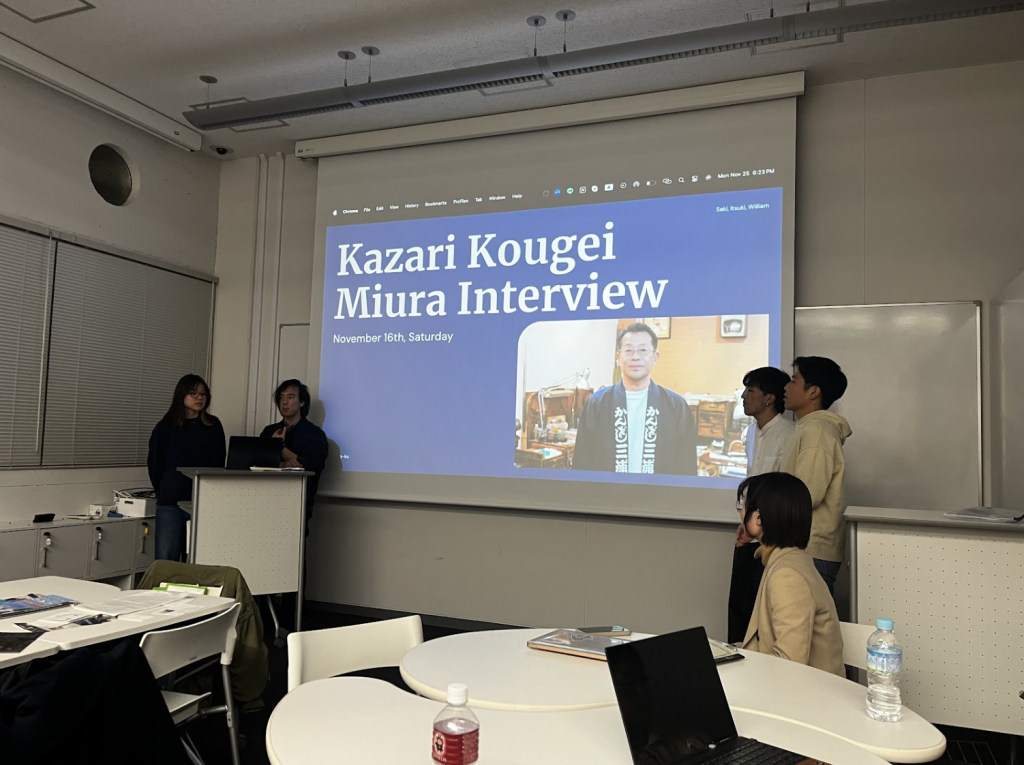
上智大学の学生は、町工場の中でも特に工房や伝統的なものづくり職人を対象にインタビュー調査を行なってきた。事業継承における課題や伝統技術の生存戦略、職人の精神に関する質問から得られた意見を分析し、その結果を報告した。
③本研究室の学生による墨田区フィールドワーク調査報告
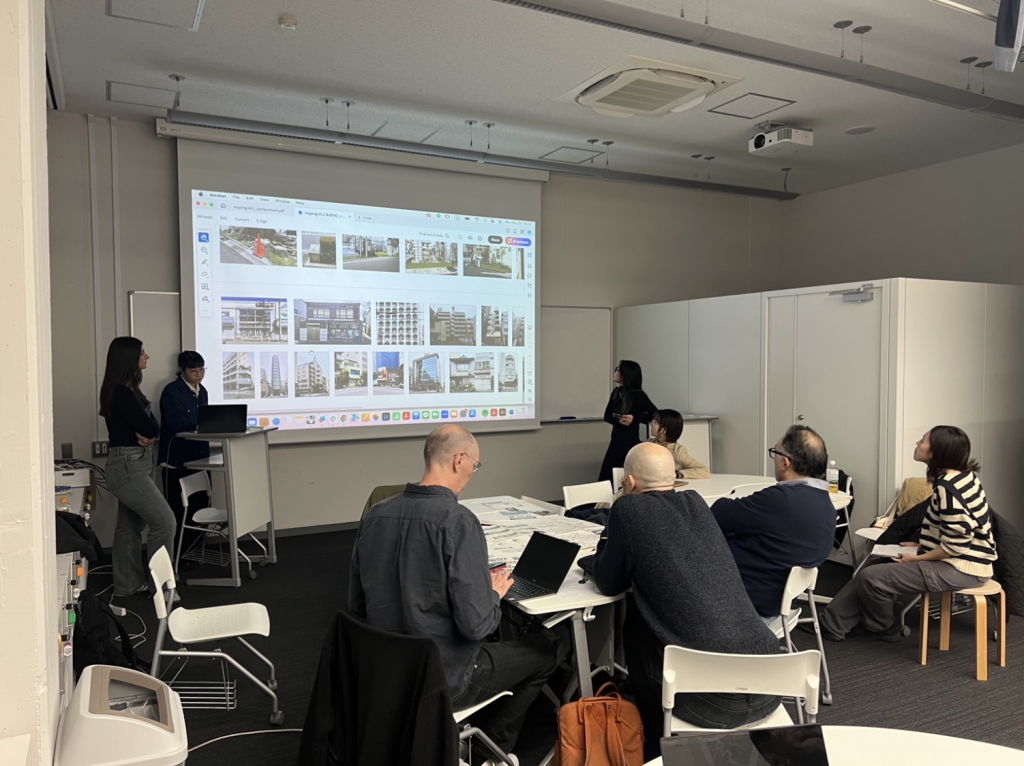
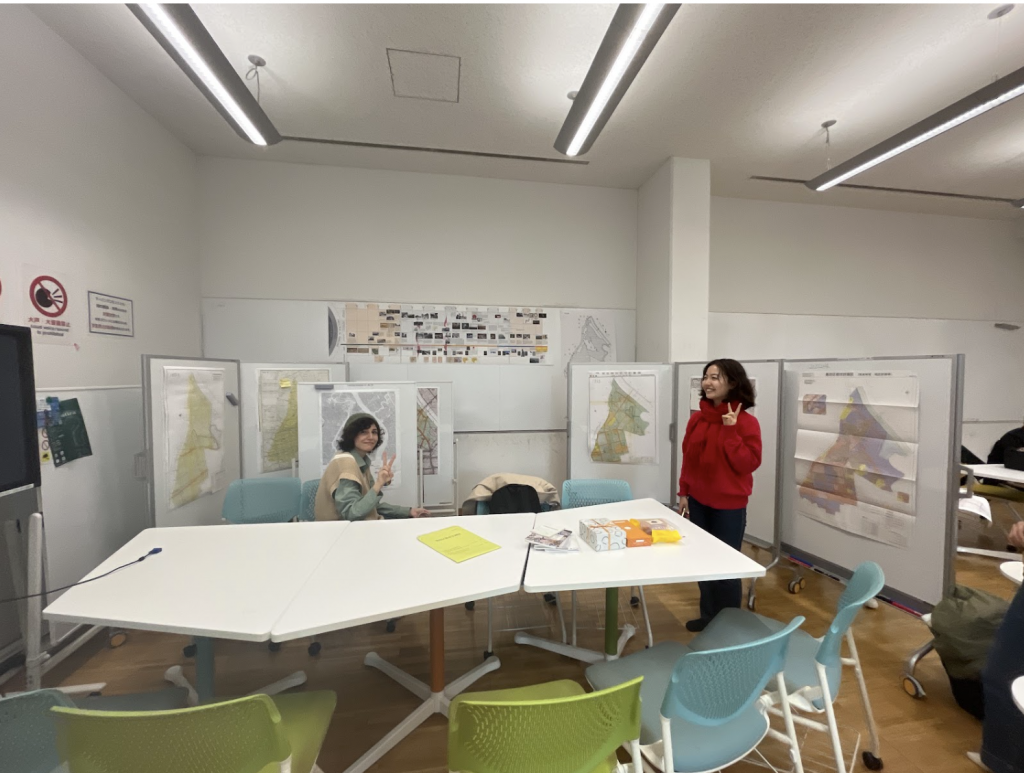
早稲田大学の学生は、3度に渡るフィールド調査の結果を報告した。特徴的な建築要素や下町ならではの空間利用の例を挙げた他、同区内でもエリアごとに異なる景観が見られたことを共有し、対象地域の実態をマップ•図を通じて捉えた。
墨田区や工業発展の歴史を調査し、年表に起こすことも行い、町工場を取り巻く実態への解像度を上げるためのリサーチを共有した。
Waseda University, Sophia University, and the University of Ottawa Co-Organize the First Industry Workshop Symposium
Date
2024.11.25 | 14:00-18:00
Speaker
David H. Slater/ Vincent Mirza/ Christian Dimmer/ Keigo Kobayashi+Students from Sophia University and Keigo Kobayashi Lab
Background
Starting from the second semester of 2023, Waseda University, Sophia University, and the University of Ottawa launched a collaborative project known as the “Machikoba Project.” The inaugural comprehensive symposium for this project was recently held.
This project was initiated in response to the profound impacts on production systems and supply chains caused by macro-level changes such as economic instability, climate change, and global pandemics. These changes have significantly transformed urban organizations, labor practices, and daily life. Recognizing “Machikoba” (small factories) as entities heavily affected by these influences, each participating university has undertaken various approaches to investigate and contemplate the future of manufacturing.
The symposium featured lectures by Professor Mirza of the University of Ottawa and Professor Dimmer of Waseda University.Additionally, Professor Slater of Sophia University, along with students from her class, presented the results of interviews conducted with machikōjo. Furthermore, students from our research laboratory shared findings from fieldwork conducted in Sumida City Ward.
Bringing together perspectives from diverse academic disciplines, including cultural anthropology, urban design, and architecture, the symposium provided a valuable platform for interdisciplinary discussion and exchange of ideas.
Content
1)Lectures by Professor Mirza of the University of Ottawa and Professor Dimmer of Waseda University
Both professors gave lectures on the significance and importance of refocusing attention on local factories.
Professor Mirza spoke about the impact that macro changes have on production systems and supply chains, and the potential of Machkoba, which are small units rooted in the local community, and spoke about the importance of local factories, which are the key to this symposium.
Professor Dimmer explained the definition of a local factory and gave examples of workshops and factories that he has visited.
2)Professor Slater of Sophia University and his students present the results of their interviews with local factories
Sophia University students conducted interview surveys targeting local workshops, particularly at workshops and with traditional craftspeople.
They analyzed the opinions they received from questions about the challenges of business succession, survival strategies for traditional techniques, and the artisan職人 spirit, and reported the results.
3) Fieldwork report on Sumida Ward by students of this laboratory
Students from Waseda University reported on the results of three field surveys. In addition to giving examples of distinctive architectural elements and spatial usage unique to the downtown下町 area, they shared the fact that different landscapes were observed in each area within the ward, and captured the actual situation of the target area through maps and diagrams.
They also investigated the history of Sumida ward and its industrial development, creating a timeline, and shared their research to increase the resolution of the actual situation surrounding Machikoba.
